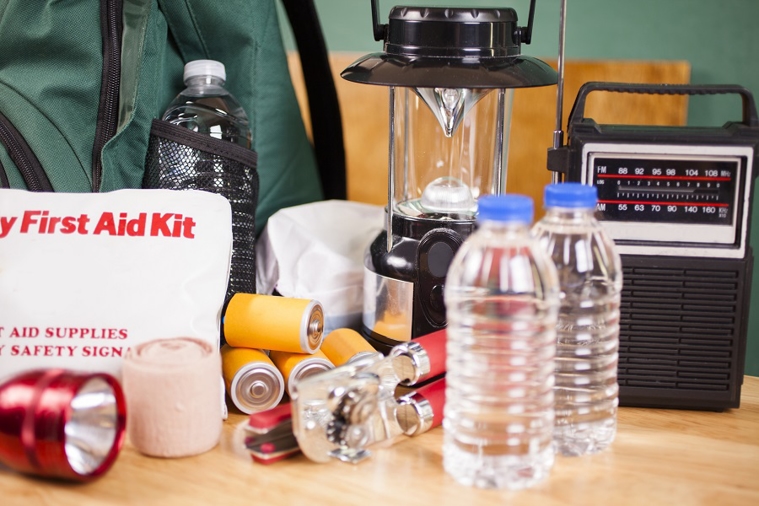Emergency preparedness: What your family needs to know
Jun 10, 2020

Whether your community is preparing for a scheduled power outage, or you could simply use a preparedness refresher, every family should establish a household emergency plan. Here’s what your family needs to know about staying safe this summer.
Making a family plan
Before emergency strikes, make sure you have a family plan in place. Because you may not all be together in the event of an emergency, establish a meeting location that’s accessible and familiar to all family members. Consider some of the following questions in putting together a family plan:
- How will I receive emergency alerts?
- What is our communication plan and protocol?
- Do I have a clear shelter plan and an emergency supply kit?
- What is our family evacuation route, if needed?
- What is our family meeting place in the event that cell phones aren’t working?
- Does our current plan need updating to account for new COVID-19 protocols? (i.e., Ensure everyone has face cloth coverings, access to disinfectants and necessary prescriptions or medical equipment.)
Your plan may look different depending on whether or not you have children, if you need to account for specific dietary or medical needs or if you have pets. The bottom line is to write a plan as a family and make sure each household member has a clear understanding of it.
Building your supply kit
Building a disaster supplies kit is an essential step in emergency preparedness. The kit should be stored in airtight plastic bags and everyone in your household should know where it is. Your supplies may look different depending on the needs of your family, but there are a few staples everyone should have:
- Water: Have at least one gallon per person per day for at least 72 hours.
- Food: Keep at least a three-day supply of nonperishable items.
- Flashlight: In an emergency, you don’t want to drain you cell phone battery by using the flashlight feature. Keep a large flashlight in your supply kit in addition to a few keychain lights for individual family members.
- Extra batteries: You want to make the most out of having a flashlight!
- First aid kit: Be sure to include bandages, antiseptic wipes, antibiotic ointment, adhesive tape, a CPR mask, rubber gloves, tweezers, a thermometer and pain killers.
- Cloth face masks: Even if everyone in the family keeps a cloth mask with them, having an extra mask per person in your supply kit will make sure you’ve covered all your bases.
- Manual can opener for food: If the power goes out, you don’t want to have to rely on an electric can opener.
- Cell phone with chargers and backup battery or power bank: If an emergency strikes, you don’t want to be running around the house trying to find your charger. Keeping a few extras in your supply kit will ensure you’re ready to go when an emergency strikes.
- Hand sanitizer: Despite shortages due to COVID-19, hand sanitizer is back in stock at most stores
Planning for a power outage
To mitigate the risk of wildfires, some communities may experience planned power outages in the summer and fall months. In advance of a power outage, make sure you have enough water and nonperishable food for at least a week.
Fully charge your cell phones, and have flashlights and extra batteries available for all family members. You may need to practice opening and closing your garage door manually, or double-check that any backup power sources are safe and ready to use.
Know your fire safety
The Centers for Disease Control and Prevention (CDC) lists a few key steps to ensure your family is prepared for wildfire season. As part of your family emergency plan, make sure every member of the household knows several different evacuation routes from your house, as well as from your community. Drive the evacuation routes together and identify shelter locations so that you are prepared if you need to leave the area.
Keep important family legal documents in a firesafe box where it’s easily accessible in the event of mandatory evacuation.
Every home should have a dual-sensor smoke detector on every floor. Check these devices each month and change the batteries at least once yearly. If there is a threat of wildfire in your community, use your hose or sprinkler to wet your roof and the vegetation around your home. Stay tuned in for alerts about air quality and smoke risks. If you are instructed to evacuate, do so immediately.
Related articles

The Gut-Brain Connection: How Your Mental Health Affects Your Gut Health
February 6, 2024

Gut-Healthy Foods: Eating for Your Digestive Health
February 6, 2024

How Looking After Yourself Benefits Your Whole Family
February 5, 2024